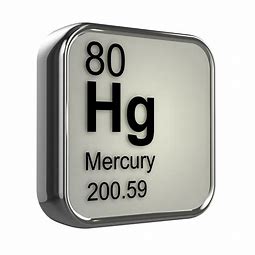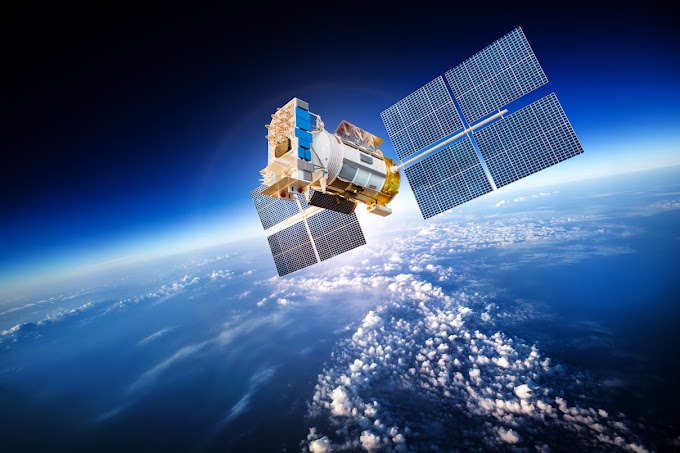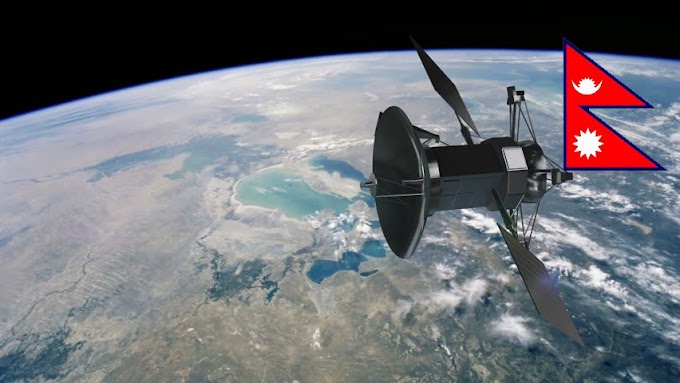Introduction
National
Aeronautics and Space Administration (NASA), independent U.S. governmental agency
established in 1958 for the research and development of vehicles and
activities for the exploration of space within and
outside Earth’s atmosphere.
The National Aeronautics and
Space Administration is America’s civil space program and the global leader in
space exploration. The agency has a diverse workforce of just under 18,000
civil servants, and works with many more U.S. contractors, academia, and
international and commercial partners to explore, discover, and expand
knowledge for the benefit of humanity. With an annual budget of $23.2
billion in Fiscal Year 2021, which is less than 0.5% of the
overall U.S. federal budget, NASA supports more than 312,000 jobs across the
United States, generating more than $64.3 billion in total economic output
(Fiscal Year 2019).
Leader of NASA: - Bill Nelson
Objectives of NASA
The mission objective of the NASA is to extend the exploration of the solar system beyond the neighborhood of the outer planets to the outer limits of the Sun's sphere of influence, and possibly beyond.
The
organization is composed of four mission directorates: Aeronautics
Research, for the development of advanced aviation technologies; Science,
dealing with programs for understanding the origin, structure, and evolution of
the universe, the solar system, and Earth; Space Technology,
for the development of space science and exploration technologies; and
Human Exploration and Operations, concerning the management of
crewed space missions, including those to the International Space Station, as well as operations
related to launch services, space transportation, and space communications for
both crewed and robotic exploration programs. A number of additional research
centres are affiliated, including the Goddard Space Flight Center in Greenbelt,
Maryland; the Jet Propulsion Laboratory in
Pasadena, California; the Johnson Space
Center in Houston, Texas; and the Langley Research Center in Hampton, Virginia.
Headquarters of NASA are in Washington, D.C.
Missions of NASA
NASA
was created largely in response to the Soviet launching of Sputnik in 1957. It was organized around the National Advisory Committee for
Aeronautics (NACA), which had been created by Congress in 1915. NASA’s
organization was well under way by the early years of Pres. John F. Kennedy’s administration when
he proposed that the United States put a man on the Moon by
the end of the 1960s. To that end, the Apollo program was designed, and in 1969 the U.S.
astronaut Neil Armstrong became the first person on the Moon.
Later, uncrewed programs—such as Viking, Mariner, Voyager,
and Galileo—explored other bodies of the solar system.
NASA
was also responsible for the development and launching of a number of
satellites with Earth applications, such as Landsat, a series of satellites designed to
collect information on natural resources and other Earth
features; communications satellites; and weather satellites. It also
planned and developed the space shuttle, a reusable vehicle capable
of carrying out missions that could not be conducted with
conventional spacecraft.
NASA also leads a Moon to Mars exploration approach, which includes working with U.S. industry, international partners, and academia to develop new technology, and send science research and soon humans to explore the Moon on Artemis missions that will help prepare for human exploration of the Red Planet. In addition to those major missions, the agency shares what it learns so that its information can make life better for people worldwide. For example, companies use NASA discoveries and technologies to create new products for the public. To ensure future success for the agency and the nation, NASA also supports education efforts in STEM with an emphasis on increasing diversity in our future workforce.
Crazy Mind
Thankyou for reading.























Thankyou for your comment ❤️